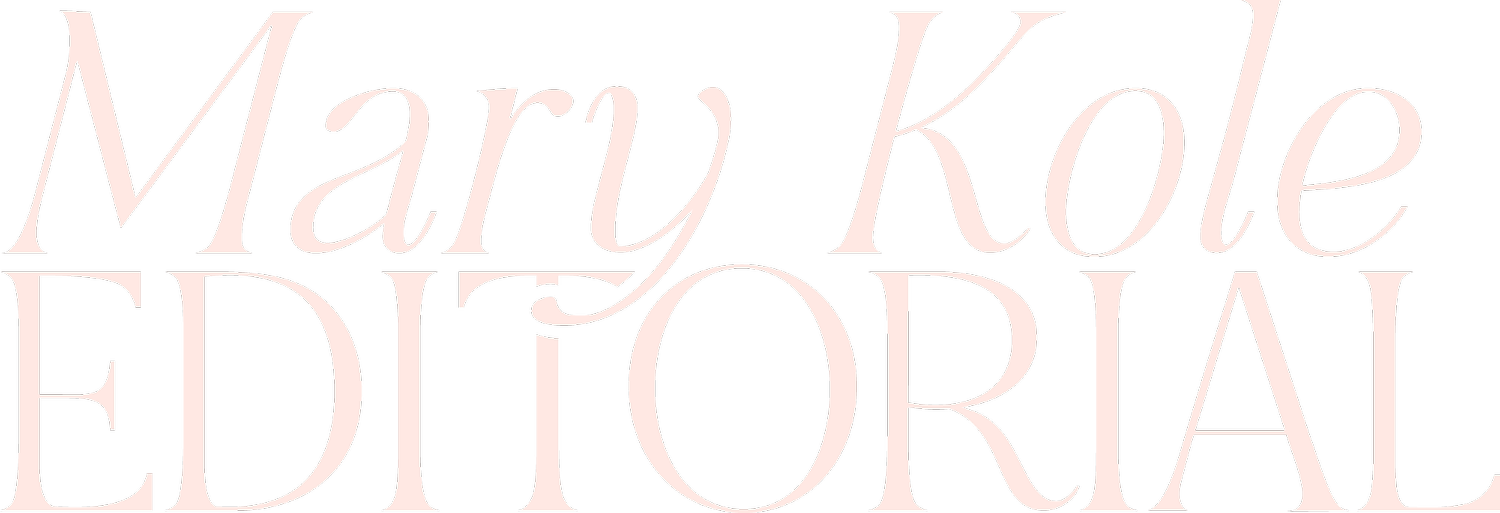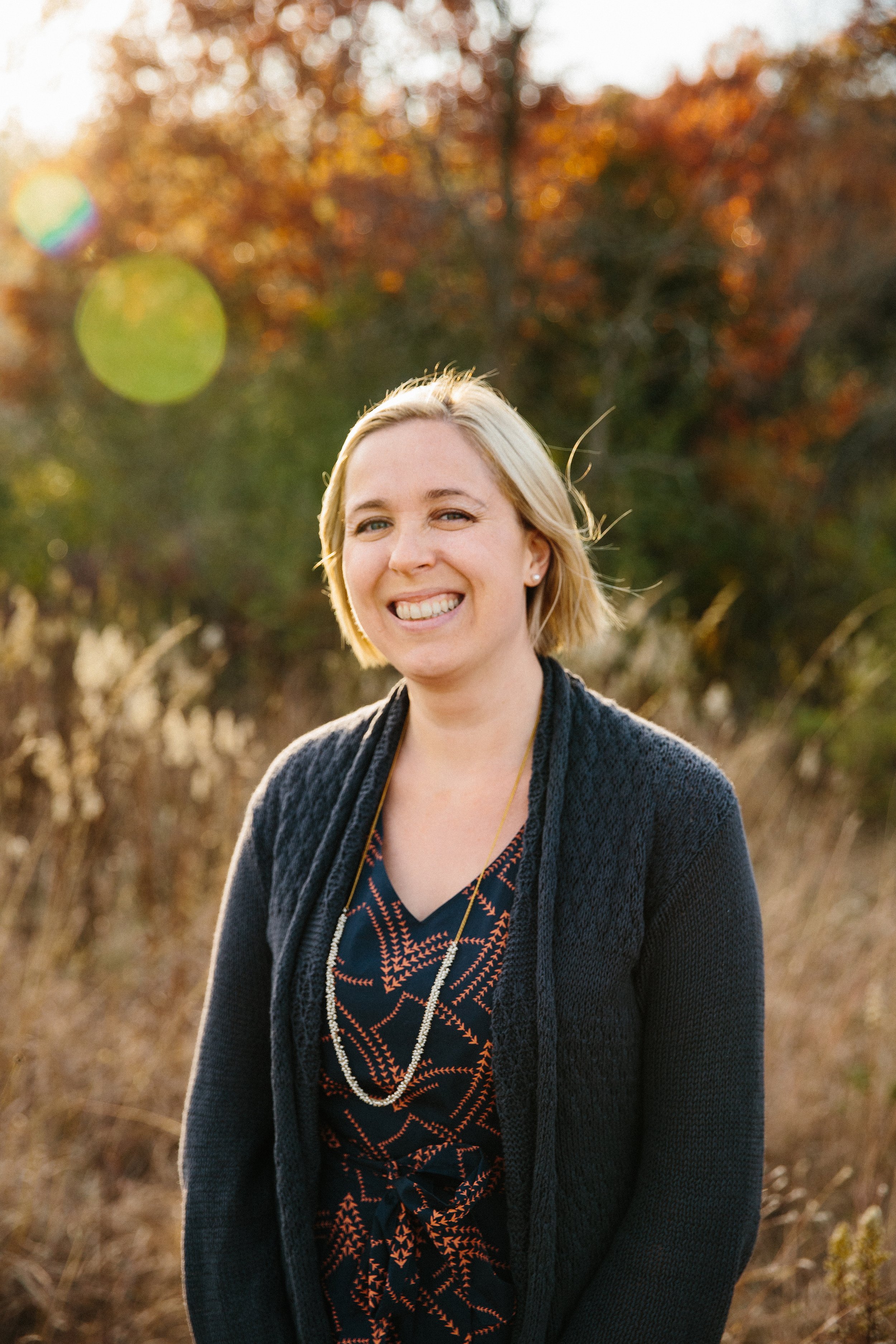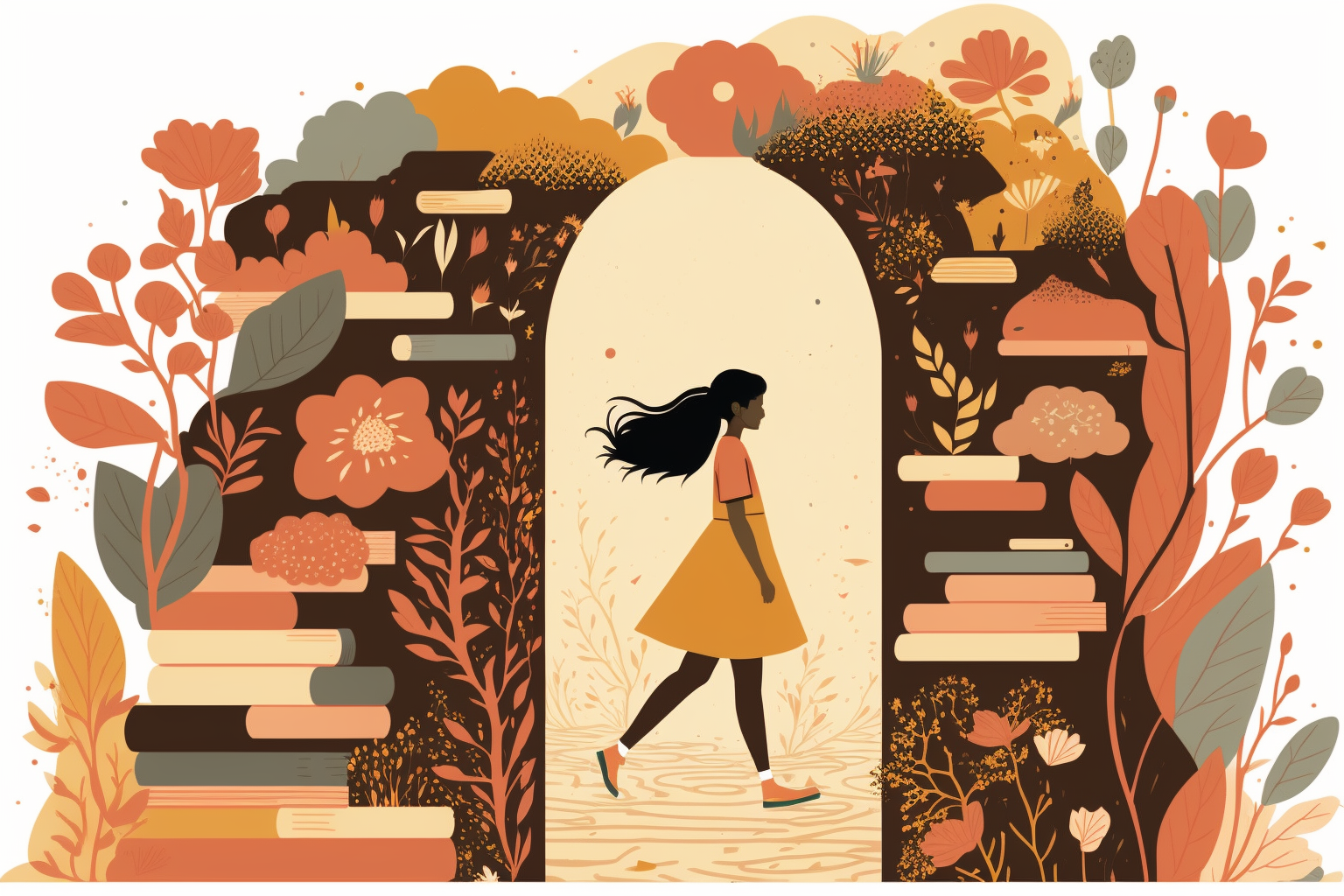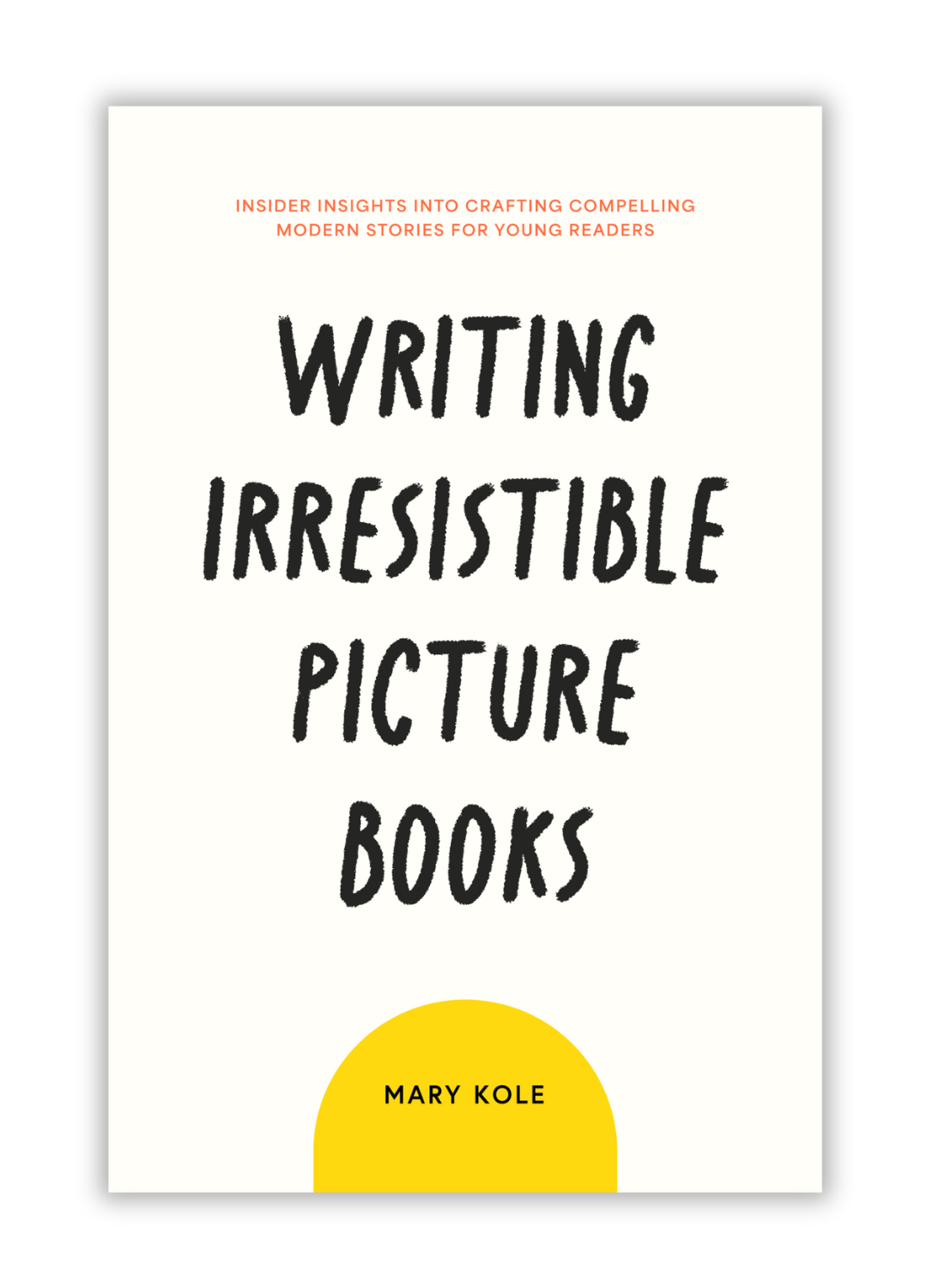How to Write a Children's Book
By Mary Kole
Mary Kole is a former literary agent, freelance editor, writing teacher, author of Writing Irresistible Kidlit, and IP developer for major publishers, with over a decade in the publishing industry.
This article is all about how to write a children’s book, including advice on how to edit your picture book, early reader, chapter book, middle grade or young adult novel. Finally, this article concludes with advice for submitting your book for publication.
What Is a Children’s Book?
Before you worry about crossing the finish line into a literary agent’s inbox, you will want to make absolutely sure you know what you’ve written. “Children’s book” is actually a well-meaning but amateur term that a lot of writers use before they learn about the true nuance of the children’s book publishing landscape.
There is no such category as “children’s book,” as it turns out. There are many different sub-categories. So what’s the difference between an early reader and a chapter book? MG vs YA? Poke around and, more importantly, read these books, and you will immediately start to learn the differences between these categories.
How to Write a Children’s Book In Today’s Market
There are many different categories to the bigger umbrella of “children’s books,” as you can see. If you’re wondering how to write a children’s book, first, you have to consider the kind of children’s book you’ve written.
If you’ve written a picture book, early reader, or chapter book, your focus should be on voice and vocabulary level, in addition to telling a good story. Your readers are either not able to read independently yet, or just starting out reading by themselves. You will want to pay special attention to the words you use and the complexity of your sentences. I’m not asking you to “dumb down” your ideas, but the way you express them needs to be simple and clear.
For these categories, read all of your work aloud, especially the read aloud books, picture books, and early readers. Better yet, ask someone else to read your work back to you. You’ll be shocked! The language you thought was flowing smoothly might sound suddenly clunky. Zero in on voice here, since these stories are often read aloud by parents or caregivers. (For more detailed information on how to write a children’s picture book, how to write a children’s early reader, and how to write a chapter book, click accordingly.)
Once you get to middle grade novels and young adult fiction, voice matters just as much, but in a different way. Here, your focus should be on colloquial phrasing, coming across as genuine, and building character nuance and vulnerability into your story. Tween and teen readers can spot an impostor a mile away, so if you don’t have the true chops to write for this age group, literary agents, publishers, and readers will let you know immediately. (For more information on how to write middle grade fiction and how to write a young adult novel, click away.)
How to Write a Children’s Book That Resonates
Consider the experience of your young readers. If you can’t easily tap into what it felt like to be twelve or sixteen, you may want to recast your novel as general adult fiction for an audience of grown-ups. Don’t think that because you want to write a children’s book, that you can skimp on plot.
As MG and YA fiction has gotten more commercial, plot has come to the forefront. The idea of stakes is especially important. You can’t just have a kid sitting in their room and thinking about how much their life sucks. A healthy balance of internal and external conflict is key, and these novels really benefit from outlining.
Alas, there is a limit to self-editing. Try as they might, writers can rarely see their own manuscripts with the type of clarity that others can. That’s why, in addition to getting to know the children’s book market and reading your work aloud, I recommend getting outside feedback on any project that you attempt.
How to Write a Children’s Book and Then Revise It
The first idea would be to get a critique group, critique partner, or beta reader. Enrolling in a writing workshop makes a lot of sense at this stage, too. But be warned. These resources are only as good as the member writers’ level of experience. The writing peers in these groups might not know how to write a children’s book. Everyone is magnificent at having opinions. But you want to make sure you’re soliciting worthwhile thoughts that you’ll be able to trust. For more general advice on finding critique opportunities, check out the how to revise a novel article.
The second solution would be to hire a freelance editor. But be careful. Not every freelance editor knows the children’s book markets, so it’s crucial to find one with deep experience. Children’s books, as you’re learning, are a specialized field. These professionals work with kids’ stories every day, and a good one will bring insider publishing industry experience to your project as well, so you’re not just getting craft advice ... you’ll be learning whether your idea has the potential to get published. Here’s a link on how to find an editor.
No matter how you end up approaching the revision process, children’s books are a lot of fun to write and share with eager young readers. This special category can be deeply satisfying. Learning how to write a children’s book can be a fun and rewarding project, and passion will take you a long way toward your goals.
For those eagle-eyed readers who are wondering just what kind of editor would write an article with the clunky phrasing of “how to write a children’s book” over and over on her website, I applaud you for noticing that this reads awkwardly. Please note that I picked this keyword phrase on purpose, as part of my SEO (search engine optimization) strategy. If you’re curious about writer marketing techniques, check out Good Story Marketing.

Click here to purchase Writing Irresistible Picture Books, my book on children’s picture books. This comprehensive guide is crammed with craft advice and groundbreaking original research, including a survey of 1,000 upcoming picture book deals, a breakdown of 80 modern and marketable picture book topics, and in-depth analysis of over 150 published picture books.



